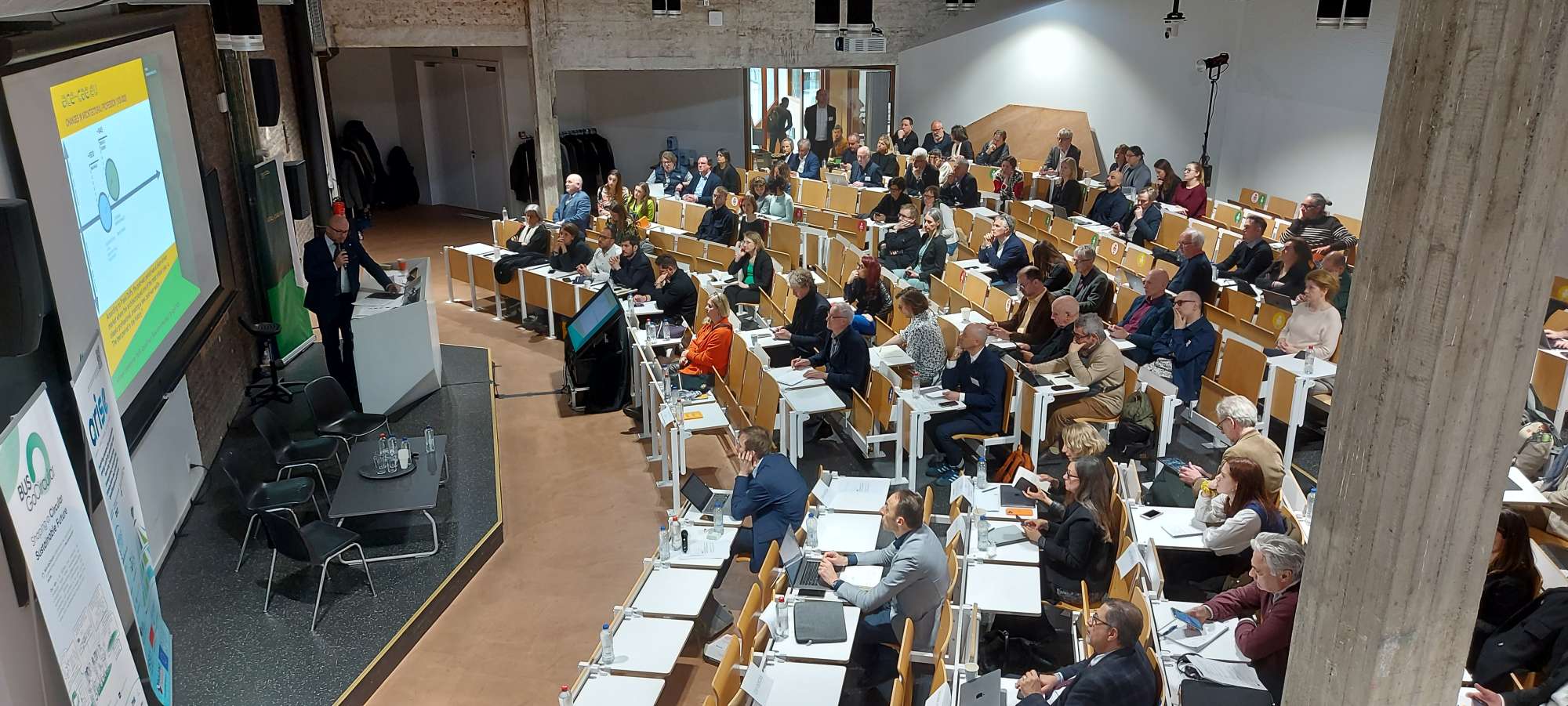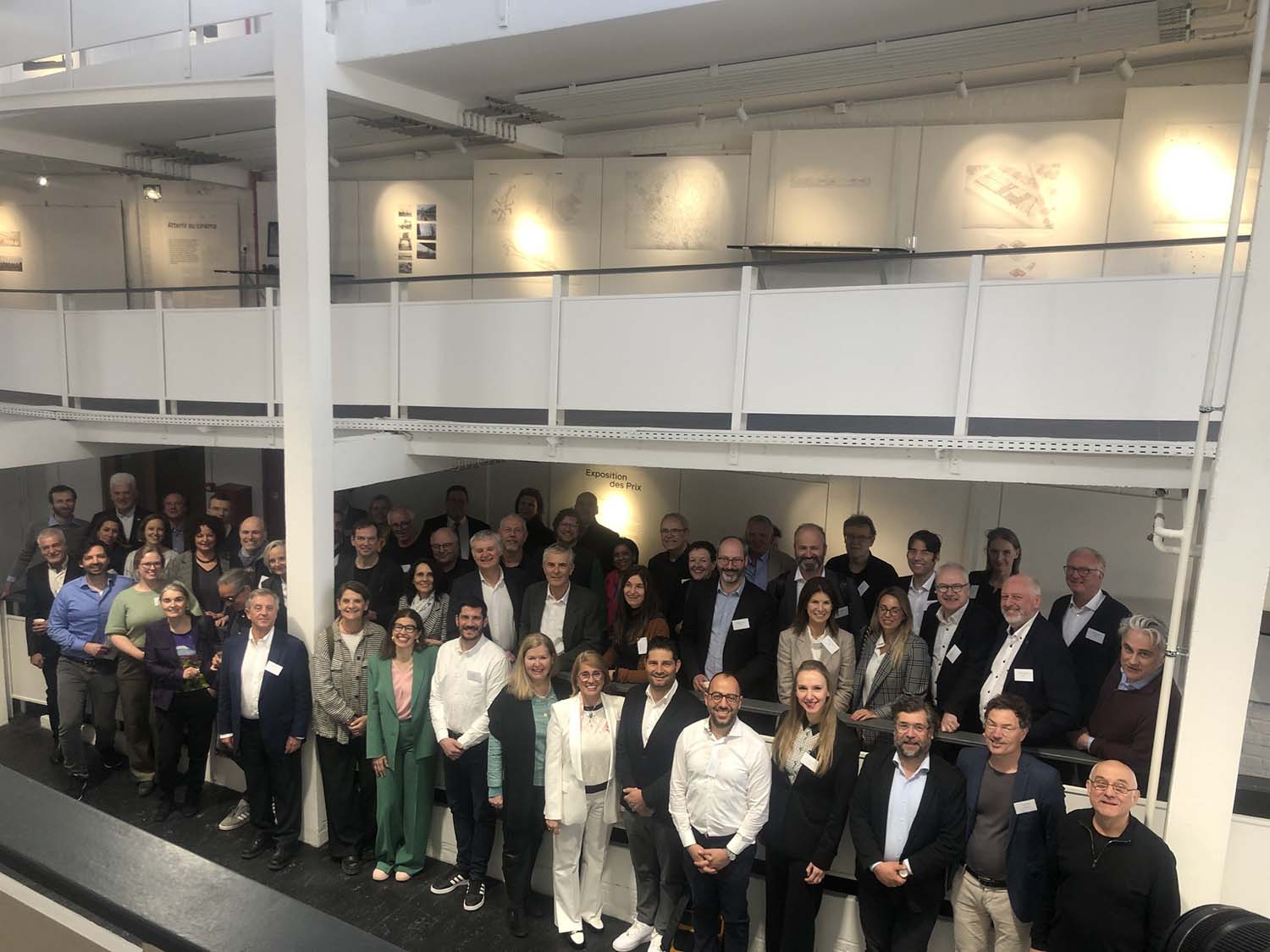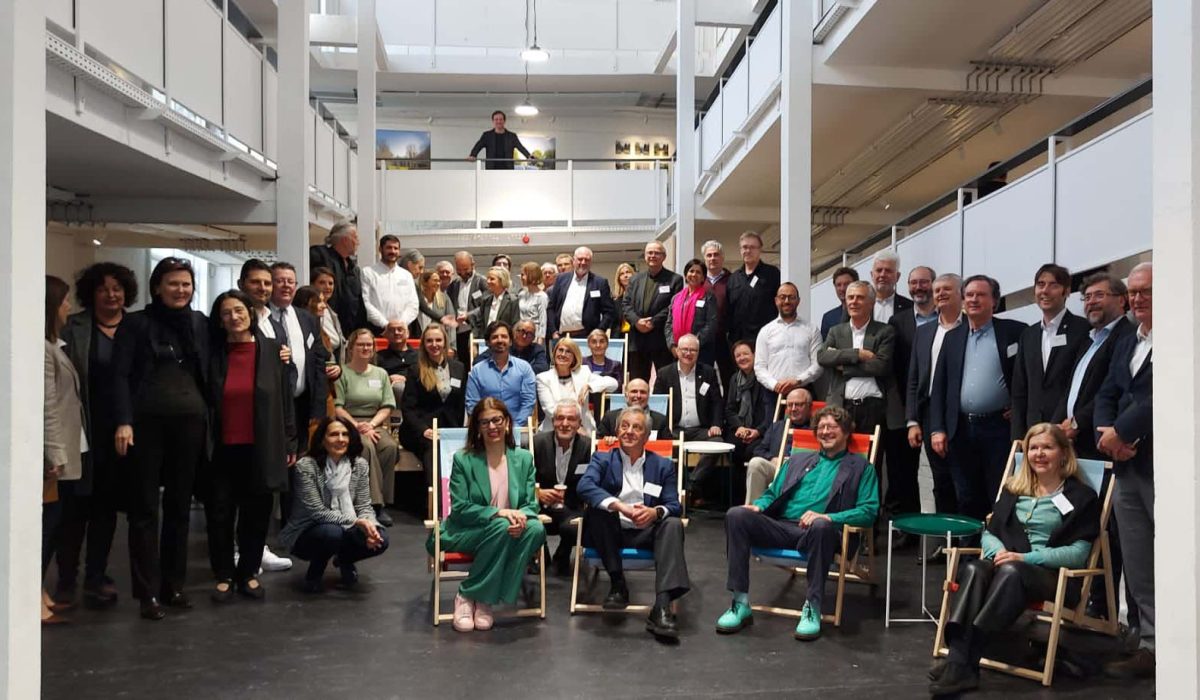The Catalytic Role of Architecture for a Sustainable Future
Article by Alkis Dikaios
The recent international representation of the Cyprus Architects Association (CAA) and Scientific and Technical Chamber of Cyprus (ETEK) at the Conference and General Assembly of the Architects Council of Europe (ACE) in Brussels was an extremely enlightening experience for all participants. Architects from all over Europe, academics, officials, representatives of various Organisations and Associations were informed and trained on the important trends, policies and initiatives developed in Europe. One of them is the ambitious project known as ‘New European Bauhaus’. This initiative, recently published by the European Union under the ‘European Green Deal’ in 2019, aims to promote sustainability and innovation in architecture, design and the built environment, integrating the principles of environmental and social responsibility into all aspects of design and construction.
Exactly 100 years earlier, the original ‘Bauhaus’ movement was launched in Germany, which was an innovative design school, that brought together artists, designers and architects to create a new vision for contemporary design. Bauhaus emphasised the use of new materials and technologies, simplicity, and functionality, and aimed to bridge the gap between art and industry.
New European Bauhaus is a modern interpretation of these principles and seeks to create a new vision for architecture and design that is both sustainable and innovative. It is also part of the European Union’s broader efforts to promote a green recovery from the COVID-19 pandemic and to address the urgent challenges of climate change and social inequality. With an ideology based on three main principles, Beauty, Sustainability and Inclusiveness, New European Bauhaus aims not only to create beautiful buildings but also to create spaces that are healthy, sustainable and inclusive. The initiative seeks to integrate sustainability principles into all aspects of design and construction, from material selection to how buildings are used and managed.
At the same time, it aims to promote cooperation between different disciplines, such as architecture, engineering and urban planning, as well as between different sectors, such as public and private organisations, academia and the citizen community. Bringing together different perspectives and know-how, New European Bauhaus hopes to create new ideas and solutions for the challenges of the 21st century.
One of the main ideas of the initiative is that of ‘circularity’, which refers to the concept of creating a closed circular system in which waste is minimised and resources are reused. This approach is essential for achieving a more sustainable and resilient built environment and is a key priority for the wider sustainability agenda of the European Union.
The initiative has already generated great enthusiasm and interest, both inside and outside the European Union. It has launched a series of events and competitions to encourage participation and innovation and has already attracted a wide range of stakeholders from all areas of design and construction. At the same time, a team of architectural offices, coming mainly from countries characterised by high quality of life, such as UN Studio, Snohetta, Fosters and Partners, MVRDV, Effekt and many others have based their design approach on the principles of the New European Bauhaus and vice versa their design approach has influenced this movement.
The idea of the architect’s last years as the one and only driving force in building design has now come to an end. We are in a present that requires the creation of valuable synergies beyond the profession of Architecture in order to be able to cope with the challenges of today’s design. A present in which it is necessary to return to the lessons and principles of the past to redefine the principles that will lead us successfully into the future.
As time passes, it becomes even clearer in our daily lives how important it is to apply the concept of “circularity” and the principles of sustainability in all aspects of design and construction. We are fortunate to be experiencing today the moment of creation of a pioneering movement in which Architecture, since it plays a catalytic role in the connection of all these principles and synergies, shows how valuable it is. Therefore, we as professionals must become the guiding light in the transition for a better and more sustainable future.
Alkis Dikaios is a Partner at Athos Dikaios + Associates Architects and President of Cyprus Architects Association.






